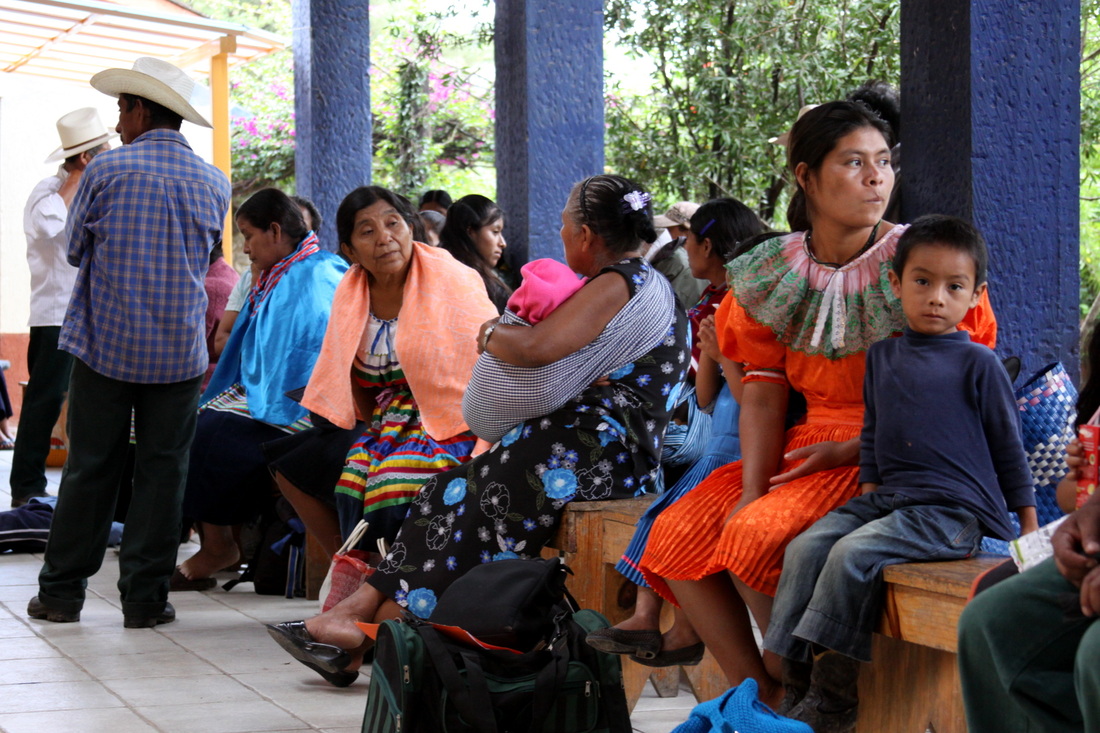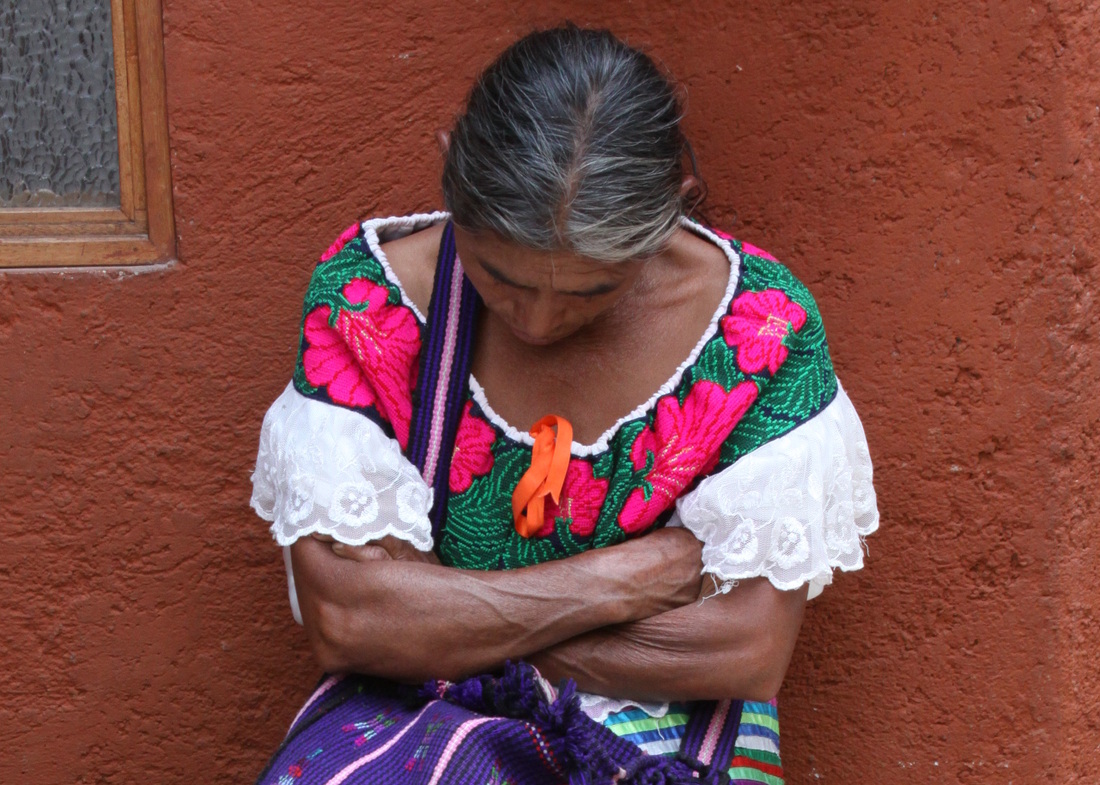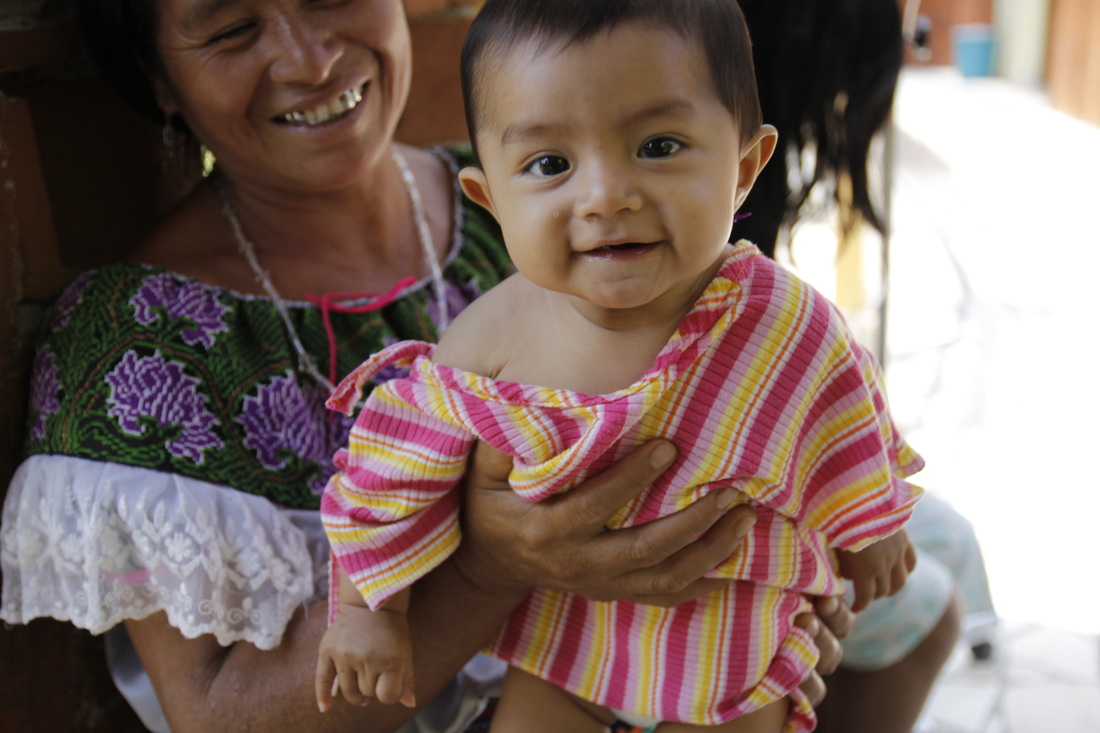Serving the people of Chiapas since 1969Hospital San Carlos is situated at the entrance of the jungles of Chiapas, in the town of Altamirano. This nonprofit hospital primarily serves the low-income indigenous population in the region.
The hospital was founded in 1969 by the Dominican Mission to the Bishop of San Cristobal de Las Casas, Don Samuel Ruiz Garcia, at a time when health care in the region was absent. In 1976, the management of the hospital was transferred to St. Vincent de Paul's Daughters of Charity, who continue to manage the hospital today. Traducir al Español >> Seeking volunteersHospital San Carlos is an official site for international medicine rotations from several US-based residency programs, including the Departments of Emergency Medicine of the University of California, San Francisco and Highland Hospital in Oakland, California.
Learn more about volunteer opportunities >> Please consider a donationHospital San Carlos is a non-profit hospital and is sustained mainly by charitable donations. A third of our revenue is from patient fees and the other two thirds comes from donated funds.
Learn more about donating to our hospital >> From our history...
|
|
Powered by
 Create your own unique website with customizable templates.
Create your own unique website with customizable templates.
 Create your own unique website with customizable templates.
Create your own unique website with customizable templates.




